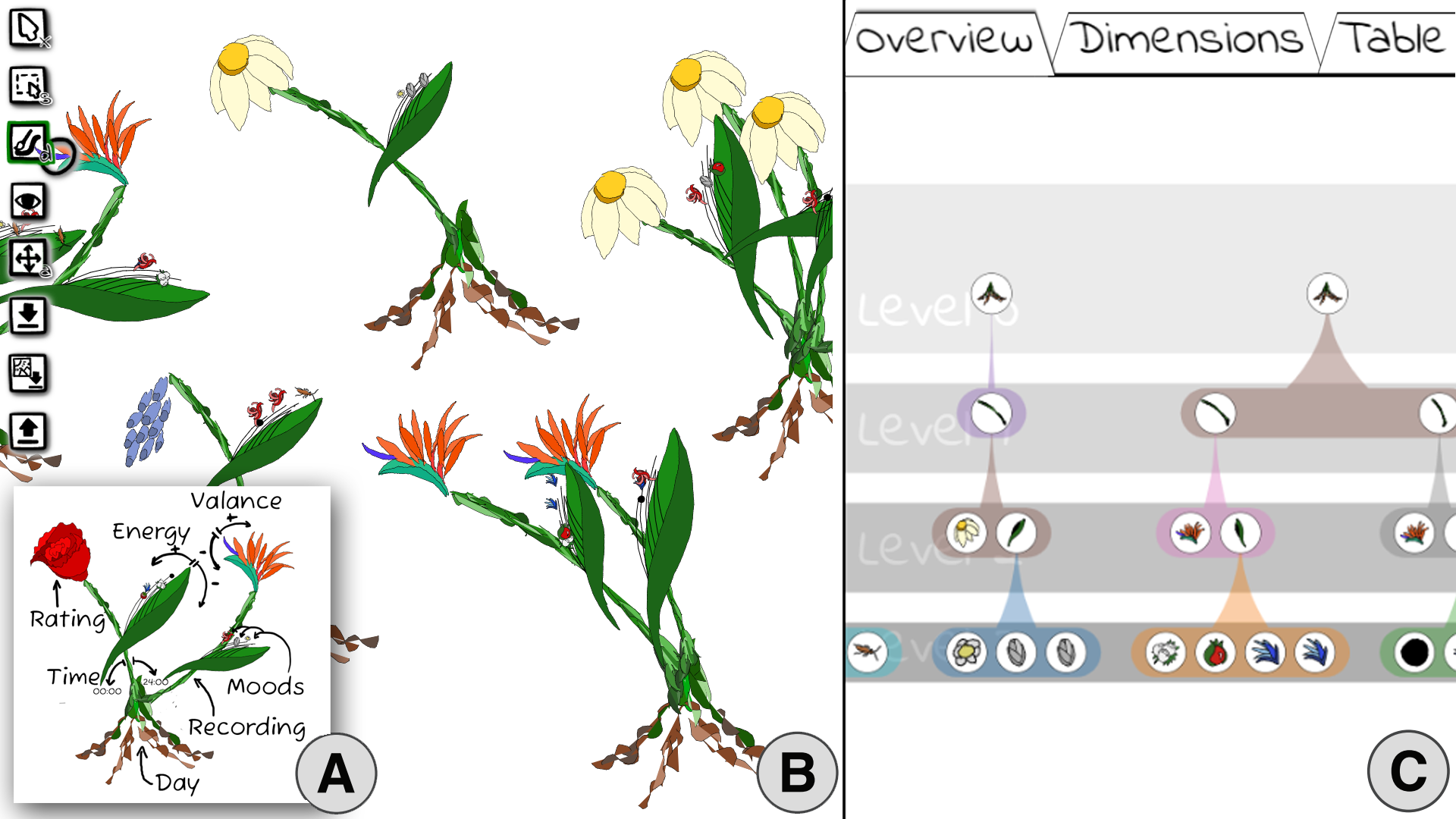DataGarden: Formalizing Personal Sketches into Structured Visualization Templates
Anna Offenwanger - Université Paris-Saclay, Orsay, France
Theophanis Tsandilas - Université Paris-Saclay, CNRS, Inria, LISN, Orsay, France
Fanny Chevalier - University of Toronto, Toronto, Canada
Download preprint PDF
Download Supplemental Material
Room: Bayshore II
2024-10-17T15:15:00ZGMT-0600Change your timezone on the schedule page
2024-10-17T15:15:00Z

Fast forward
Full Video
Keywords
Personal Visualization, Visualization template, Sketch input, Sketch-based visualization, Visualization by-example
Abstract
Sketching is a common practice among visualization designers, and an approachable entry to visualizations for individuals, but moving from a sketch to a full fledged data visualization often requires throwing away the original sketch recreating it from scratch. We aim to instead formalize thesesketches, enabling them to support iteration and systematic data mapping through a visual-first templating workflow. In this workflow, authors sketch a representative visualization and structure it into an expressive template for an envisioned or partial dataset, capturing implicit style as well as explicit data mappings. In order to demonstrate and evaluate our proposed workflow, we implement DataGarden, and evaluate it through a reproduction and a freeform study. We discuss how DataGarden supports personal expression, and delve into the variety of visualizations that authors can produce with it, identifying cases which demonstrate the limitations of our approach and discuss avenues for future work.